
Do you have a question about the Hyundai 2010 Elantra and is the answer not in the manual?
| Brand | Hyundai |
|---|---|
| Model | 2010 Elantra |
| Category | Automobile |
| Language | English |
Explains how to navigate and understand the owner's manual for optimal use.
Details the types of fuel and additives compatible with the vehicle's engine and fuel system.
Identifies key interior controls and features for driver and passenger comfort and access.
Details the location and function of controls on the vehicle's instrument panel.
Provides essential information on the proper use, adjustment, and importance of seat belts for safety.
Covers the correct installation and use of child safety seats for maximum protection.
Explains the operation, components, and safety precautions for the vehicle's airbag system.
Information on key operations, recording key numbers, and security precautions.
Details the operation of the keyless entry system for locking, unlocking, and trunk release.
Covers operating door locks from inside and outside the vehicle, including central locking.
Explains power window operation, including automatic features and safety warnings.
Details electronic power steering, tilt steering adjustments, and horn operation for driver comfort.
Describes gauges, indicators, and illumination controls for driver information.
Covers manual and automatic climate controls for heating, cooling, and defogging.
Covers antenna types, radio operation, and audio control functions for entertainment.
Essential pre-drive checks including lights, tires, fluids, and surroundings.
Step-by-step guide for starting gasoline engines with manual and automatic transmissions.
Covers power brakes, brake failure procedures, and disc/drum brake wear.
Guidance for driving in hazardous conditions like snow, ice, mud, water, and at night.
Advice on using snow tires, tire chains, and preparing the vehicle for winter conditions.
Important tips and safety rules for towing trailers, including hitches, chains, and brakes.
Provides troubleshooting steps for when the engine fails to start or turns over slowly.
Detailed instructions on how to safely jump-start a vehicle using jumper cables.
Steps to take if the engine overheats, including checking coolant and drive belts.
Instructions for changing a tire, including jacking, tools, and safety precautions.
Guidelines for towing the vehicle, including service recommendations and precautions.
Instructions on checking engine oil level, recommended oil types, and oil/filter changes.
Guidance on checking coolant level, recommended mixture, and safe radiator cap removal.
Information on tire care, inflation, rotation, replacement, and wheel specifications.
Explains fuse types, locations, and replacement procedures with safety warnings.
Instructions for replacing various exterior and interior light bulbs with necessary precautions.
Explains the vehicle's emission control systems and precautions for maintaining performance.
Details tire sizes, inflation pressures, wheel lug nut torque, and compact spare tire specifications.
Lists recommended lubricants, fluids, and their capacities for engine and powertrain.
Guides owners on how to report safety defects to NHTSA and Hyundai Motor America.
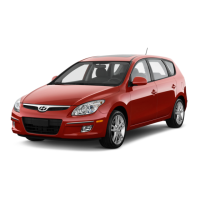


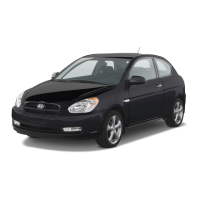

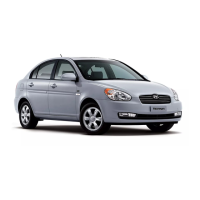

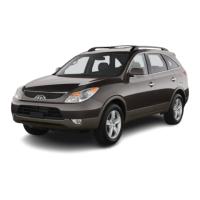
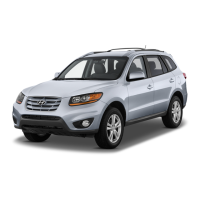



